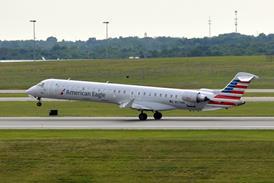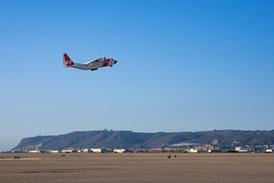Boeing's sonic cruiser concept is so new that it does not figure in the company's 2001 market forecast, published during the Paris air show. Boeing predicts demand for 23,500 new aircraft, worth $1.7 trillion, over the next 20 years. Of these, 5,100 aircraft will be replacements, and the other 18,500 will cover air travel growth, which Boeing expects will equate to an annual global increase of 4.7%.
However the manufacturer concedes that the sonic cruiser's arrival will affect aircraft numbers, as its higher speed will allow greater utilisation, thereby in theory reducing the number of new aircraft needed in certain market segments.
"Existing fleets will continue to serve short- and medium-range markets, and while the sonic cruiser will not stop demand for other products, it will probably reshape the market," says John Roundhill, Boeing's vice president- marketing new airplane programme.
Boeing has stuck to its guns with its forecast for 747 and larger aircraft, believing that the airlines will require a little over 1,100 aircraft through to 2020 with most demand for smaller aircraft.
The fundamental driver behind Boeing's market forecast is its "fragmentation" theory, ie that the industry is moving towards a point-to-point service philosophy across all networks to provide the shortest trip times. Graphic 2 shows Boeing's thinking on fragmentation with the sonic cruiser in play.
"The sonic cruiser will change the competitive dynamic," says Boeing vice president for marketing Randy Baseler. "Direct flights flown by conventional aircraft will retain an advantage against a combination of a feeder flight to a hub to connect to a sonic cruiser flight. Conventional twin-aisle aircraft will still be delivered."
As the markets mature direct sonic cruiser flights will replace conventional airliners on hub bypass services.
Source: Flight International























